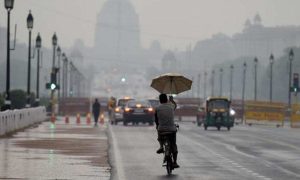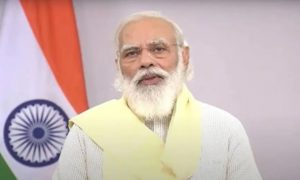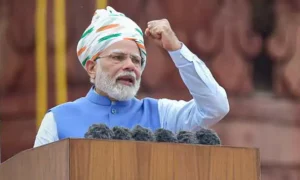The Reserve Bank of India (RBI) recently set up a committee to review the ATM interchange fee.
Every time you make a transaction at an ATM machine that does not belong to your card-issuing bank, it pays an interchange fee to the operator of the ATM you have used.
At present, the card issuing bank pays a fee of ₹15 for each cash transaction and ₹5 for each non-cash one. While operators have been pushing for a fee hike for some time, citing increased costs, some banks have been resisting the move. The extra cost burden will eventually get passed on to customers. Disha Sanghvi asks experts if a fee hike is inevitable and why.
Balasubramanian V, Director, Confederation of ATM Industry (CATMi)
Rate hike will add more ATMs, promote inclusion
We have been pushing for a hike in interchange rate as new regulatory requirements, coupled with low interchange rates, were making it unfeasible for service providers to deploy or operate ATMs.
We are happy about the recent announcement by RBI about the review of the interchange rate mechanism in the interest of offering better services.
The hike in interchange rate is inevitable for several reasons. First, the significant increase in the cost of operations of ATMs due to the need to comply with various regulations. Second, the acquiring banks will deploy more ATMs if the interchange is increased, as this will make them viable. This will help the industry grow and promote financial inclusion, especially in the digitally-backward, cash-rich rural economy. Third, the Nandan Nilekani report clearly highlights the role of cash and ATMs in promoting digital transactions. In India, there is an immense need for ATMs, especially in tier II-IV cities and rural areas. With interchange rate hike, both banks and white-label ATM operators will deploy more ATMs.
Surinder Chawla, Head, Retail Liabilities and Wealth Management, RBL Bank
Let banks decide how much they want to charge
Financial inclusion and expansion of bank accounts across various strata of society and regions has given an impetus to ATMs and their nationwide distribution through government and private sector initiatives. ATMs will be vital to financial institutions.
There is growing incidence of cyber crimes, and a number of advisories and risk-mitigation inputs from the regulator have been mandated. Banks have invested in securing their ATM networks and customer touchpoints. This has led to reasonably high costs for all stakeholders, including service providers and cash transit agencies, which need to be paid by banks. Also, the pricing of ATM transactions has been static for the last few years.
While the ATM industry is clamouring for an increase in the pricing of ATM transactions to recover costs, it may be time to liberalize this service, like interest rates were freed to let market forces determine pricing. Banks can compete and decide the number of free transactions they want to offer, as well as the pricing, with a maximum cap to be determined by the regulator.
Himanshu Pujara, Regional managing director, Asia Pacific, Euronet Worldwide
More cards are issued than the ATM network can support
RBI’s payment system benchmarking report underlined what industry participants have been saying for years now: that while India is a cash-dependent economy, the per capita ATM coverage is among the lowest in the world. This is a result of low incentives offered to ATM deployers and the disproportionate costs of running the channel.
The recent RBI regulations on various security measures for ATMs and the guidelines of the ministry of home affairs on revised cash loading processes are good for consumers and the industry overall. However, these have led to the penalising of the ATM deploying entity, which is picking up the cost, while certain banks that issue more cards than can be supported by their ATM network continue to enjoy the lower interchange fee established years ago.
For reference, the number of ATMs in the country has grown by 2% over the last 20 months, while banks have issued 120 million new cards in the period. The only way for the ATM industry to continue to survive is by increasing the ATM interchange fee.
Puneet Kapoor, Senior executive vice president, Kotak Mahindra Bank
New mandates will further increase costs for operators
With the ongoing implementation of guidelines issued last year by the ministry of home affairs and RBI’s circular on the mechanism of cash loading in ATMs, the cost of running ATMs is going to increase for both banks and operators.
At present, only the cash that is required for the day is supplemented in the machines, but the new directive says operators must swap out the cassette, or the box that holds the cash, itself. The impact of this change in terms of the cost incurred is being absorbed by banks.
Another mandate announced in the last monetary policy says that all ATM machines need to be grouted to a wall, pillar or floor, in order to enhance the security. This is an expensive exercise. Each of these proposed changes will increase costs.
As these changes get implemented, the viability of running an ATM network will be more compromised. A hike in the ATM interchange fee is desirable because for someone who is running a large network of ATMs, there is a significant cost to be absorbed, even in the current protocol itself.




































